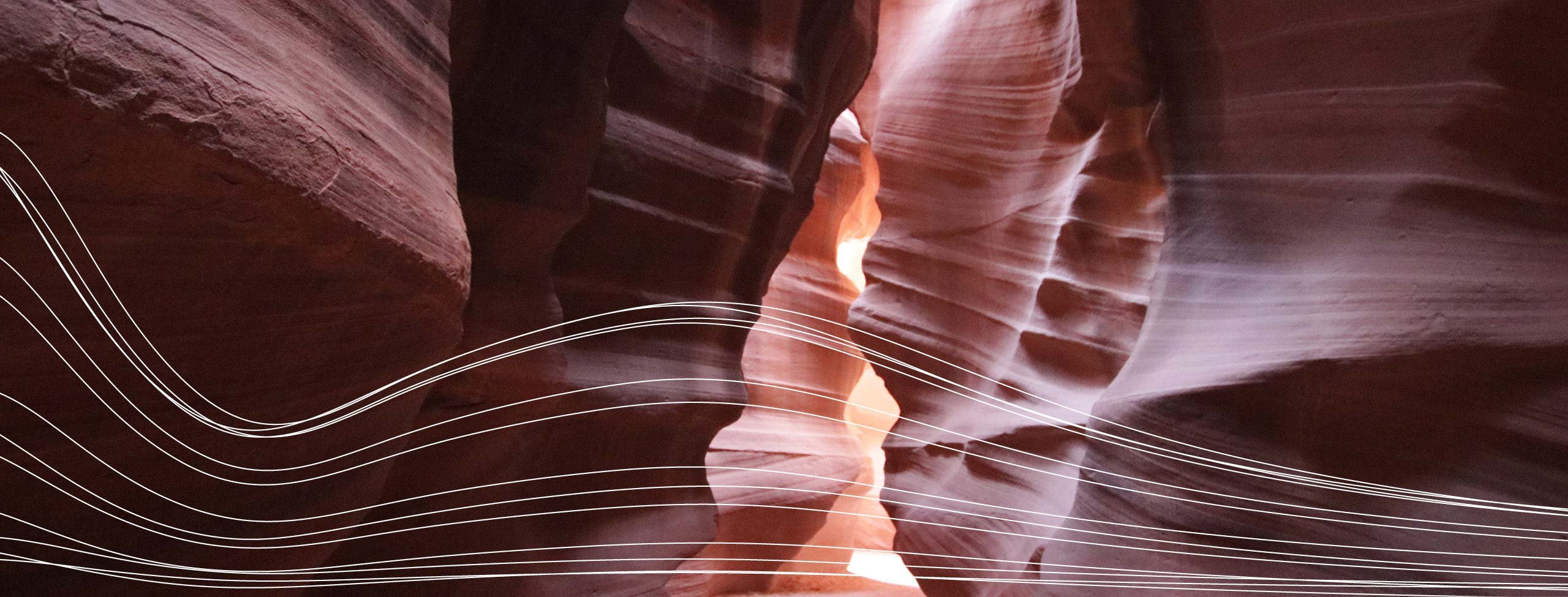
11 September 2019 • 4 minute read
Eleventh Circuit rejects reliance on statistical sampling and requires proof of objective falsity for each claim pursued under the FCA
This week, the Eleventh Circuit significantly raised the burden for DOJ and qui tam plaintiffs asserting False Claims Act claims under a false certification theory. In United States v. AseraCare, Inc., et al., No. 2:12-cv-00245-KOB, 2019 WL 4251875 (11th Cir. Sept. 9, 2019), the Eleventh Circuit considered how "Medicare's requirements for hospice eligibility – which are centered on the subjective "clinical judgment" of a physician as to a patient's life expectancy intersect with the FCA's falsity element." Id. at *9. But its holdings likely have broader implications for any FCA claim based on false certification in the circuit.
The case began in 2008 when former AseraCare employees filed a qui tam action alleging false or unsubstantiated hospice claims. Id. at *3. The DOJ intervened and filed an amended complaint, accusing AseraCare of falsely representing that certain Medicare recipients were terminally ill and qualified for hospice benefits, when in the DOJ's view, they did not. Id. In other words, the DOJ challenged the clinical judgments of physicians who had certified AseraCare patients as hospice eligible.
To prove the FCA's falsity and knowledge requirements, the DOJ followed a common playbook in false certification cases. It identified a pool of over 2,000 patients it believed may have been improperly certified as qualifying for the Medicare hospice benefit. Id. at *4. It had a medical expert review the medical records for a sample of these patients and then testify at trial that 55 percent of the patients sampled were – in his clinical judgment – not terminally ill and did not qualify for the hospice benefit. Id. The DOJ then intended to extrapolate from the sample to impose further liability on AseraCare for the pool of 2,000 patients.Id.
After prolonged litigation before the district court, including a bifurcated trial, a phase one verdict for the DOJ, a mistrial, and then a sua sponte grant of summary judgment for AseraCare, the Eleventh Circuit reversed in part and remanded. But in doing so, it erected two significant hurdles that plaintiffs pursuing a false certification theory must now overcome.
First, the court held that a "properly formed and sincerely held clinical judgment" is not false under the FCA "even if a different physician later contends that judgment is wrong." Id. at *15. Rather, to state an FCA claim in the context of hospice reimbursement, a plaintiff must show that the underlying clinical judgment reflects "an objective falsity." Id. at *14-15.
The court identified a variety of ways clinical judgments could be shown to be objectively false, such as:
- If the certifying physician fails to review a patient's medical records before asserting that the patient is terminal
- If the plaintiff can prove that the physician did not subjectively believe the patient was terminally ill at the time of certification or
- If expert evidence proves that no reasonable physician could have concluded that a patient was terminally ill given the relevant medical records.
Id. at *15.
Second, the court held that the DOJ must be able to "link this evidence of improper certification to the specific [] claims at issue in its case . . . to demonstrate falsity and knowledge." Id. at *21. In other words, the DOJ's statistical sampling would not suffice.
Key takeaways
While AseraCare, Inc. relates to the Medicare hospice benefit, its holding likely provides strong defenses for any defendant facing an FCA claim based on a false certification theory in the Eleventh Circuit. It adopts an objective standard for falsity. And significantly, the decision requires the government and relators to prove falsity for each claim for which they seek to recover, rather than just relying on an extrapolation of a statistical sampling.
Find out more about the implications of AseraCare, Inc. by contacting any of the authors.